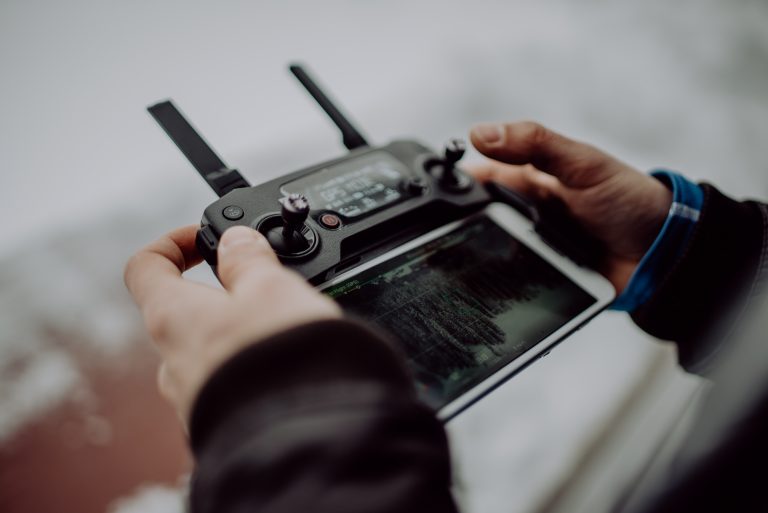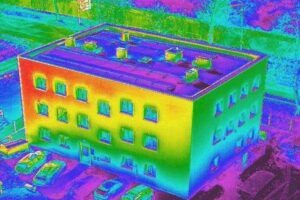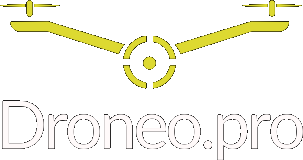
Revolution from 2024 – an end to flights of drone without a Class C
- Categories Bez kategorii
- Date 2023-12-22
From January 1, 2024, the world of drones will undergo a revolution, as only drones classified as Class C will have the green light to operate flights in the open category. New regulations, outlined on the European Union Aviation Safety Agency (EASA) website, will reshape the drone flight landscape by introducing a classification system that encompasses both recreational and commercial activities.
The main area for most recreational and low-risk commercial activities is the “OPEN” category. This category is further divided into three subcategories: A1, A2, and A3, each associated with specific requirements. The transitional period for implementing European regulations concludes on December 31, 2023. Until the end of 2023, there is a transitional period during which it is not mandatory to possess a special (class-assigned) drone for operating in the open category.
Drones with Class C: The classification C0-C4 includes drones weighing up to 25 kilograms capable of diverse operations. Drones with class identifiers C0 to C4 are already available on the market. Starting January 1, 2024, flights in the open category will require a drone with a Class C identification label.
Below is a table of drones that currently have the assigned Class C designation:

Starting from January 1, 2024, here’s how to conduct flights in the open category:
Drone Classification (C0 to C4):
Drones must be assigned a class from C0 to C4 to be eligible for flights in the open category.
Private or Market-Placed Drones (Before December 31, 2023):
Privately built or market-placed drones with a weight not exceeding 25 kg can conduct flights in the open category, subcategory A3.
Drone Remote Identification:
From January 1, 2024, all drones (with limited exceptions) must be equipped with a remote identification system. Companies are already offering modules that provide direct remote identification, such as the Dronetag Beacon.
The introduction of Class C into the open category from 2024 will have a significant impact on the drone market throughout the European Union. Operators and pilots must adapt to the new standards, ensuring that their drones meet the specified requirements. Simultaneously, the development of remote identification technology emphasizes the need for safe and responsible drone use in the future. It is advisable to stay updated on further drone regulation developments to maintain compliance and take advantage of the opportunities that come with the new era of unmanned flights
Tag:drones, open a1 a3, open a2, ue drone, ue drone license
You may also like

Thermal Imaging Drones: Revolutionizing Search and Inspection

Drone laws and regulations in Europe

